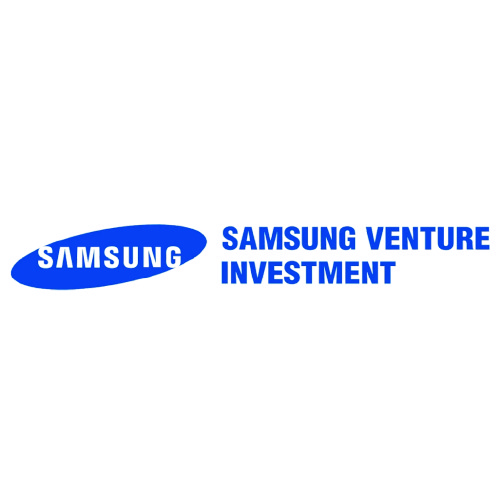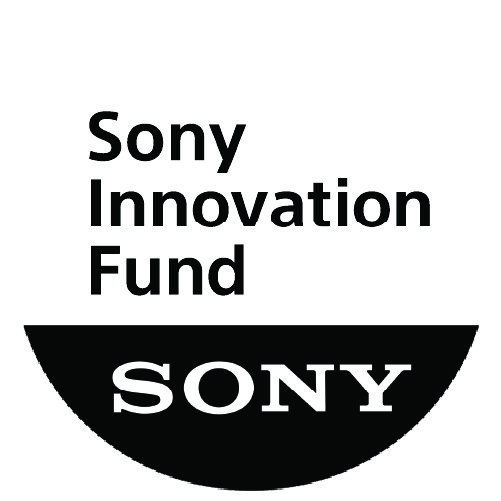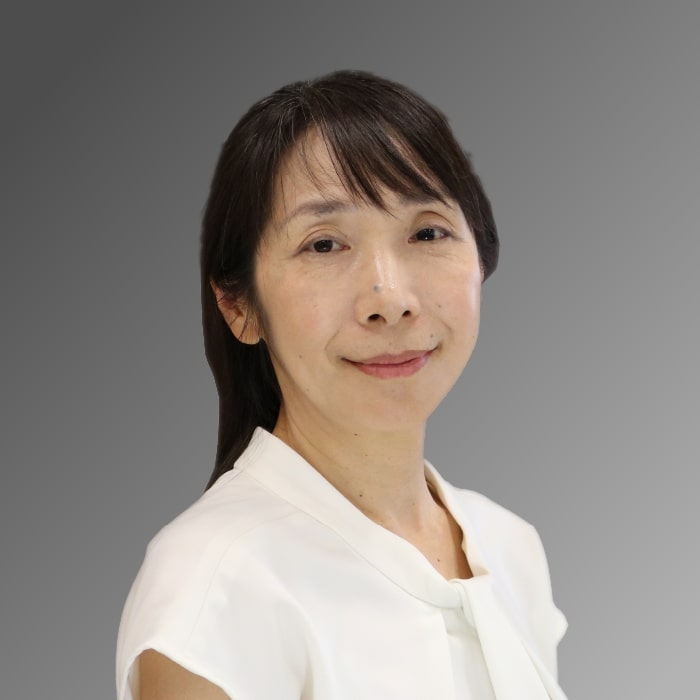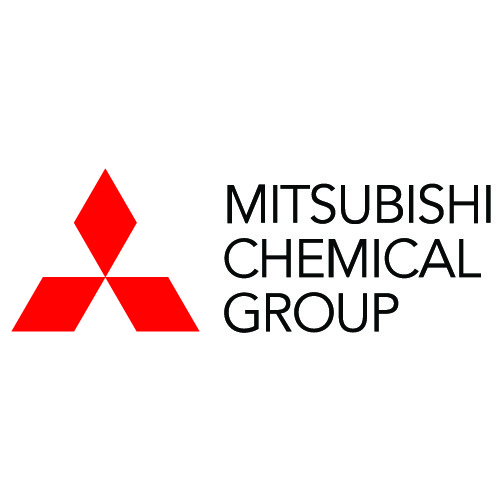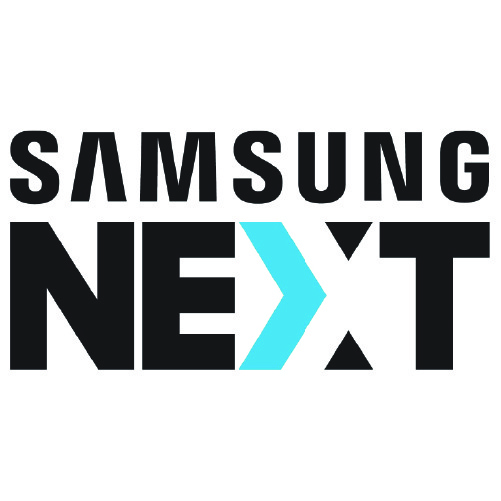Samsung Catalyst Fund Leverages Mothership Resources to Deliver Value to Startups
May 10, 2024
Interviewed by Nicolas Sauvage on January 25, 2021
As co-leader and senior vice president of the Samsung Catalyst Fund, Francis Ho understands the relationship between a CVC fund and its large parent organization. He joined Corporate Investing Insider to share those insights and how organizational size can boost CVC’s ability to provide value to portfolio companies throughout the process.
Samsung Catalyst Fund’s Mission
Samsung Catalyst Fund is charged with helping Samsung prepare for the future by partnering with the top VCs and investing in best-of-class startups in strategic technologies and markets and deep tech — the foundational technologies such as semiconductors, algorithms, AI, the cloud, sensors, connectivity, wireless, etc.
“We also invest, though, on the other side, which is the services down the road, because we believe that only by understanding where the services are going can we understand what will be required from technology from the deep tech in the next generation,” Francis noted. “So, specifically, we focus on healthcare and life sciences, mobility, fintech, and so on.”
With a background and interest in semiconductors, data centers, AI, quantum computing, and, since joining Samsung eight years ago, genomics and digital health, Francis has built a career in commercializing emerging technologies. Before joining Samsung Catalyst Fund, he worked in product management and marketing, invested in three startups, and saw two companies through IPOs and another through a merger. With undergraduate and master’s degrees in physics from CalTech and a physics Ph.D. from Stanford, Francis brings a decidedly technical approach to venture investing.
“Immersive” Technology
An ability to understand the technology potential portfolio companies are developing gives him a decided advantage, though he doesn’t think CVC professionals necessarily need advanced degrees to be successful. It just takes a willingness to immerse themselves in the applications and the science.
“I’m focused on the deep tech side, and even with my focus on the services side, many of those things are pretty complex in terms of the underlying principles of medical technologies, life science, biotech,” he said. “Certainly, some VCs require different kinds of skills. For sure, if you’re going to invest in these deeply technical-scientific areas, it is very helpful to have a strong technical background. But I’ve met many people with English literature backgrounds, yet they’re very knowledgeable about areas like networking. So, it’s more your willingness to commit your life and career to understanding something deeply.”
He says it’s natural for investors to gravitate toward opportunities that touch on their interest areas. Those connections aid in relationship-building and demonstrate the future value you can deliver should the deal materialize. He cited one of Catalyst Fund’s companies that uses a skin patch to measure patients’ heart rhythms, transmits them to the cloud, uses AI to identify anomalies, and notifies doctors in time to intervene.
“Now, I know nothing from any of that. But anyone of us with the right curiosity can develop the mindset,” Francis said. “It’s really committing yourself to learn beyond what you have to do just to get the job done.”
Adding Value
Francis said successful startup/CVC relationships are born of strong mission correlation and a match between the startup’s needs and what the fund and its parent organization can offer. He explained the concept by describing the value Samsung Catalyst Fund delivered to two diverse entrepreneurial organizations in very different industries.
The aforementioned healthcare startup envisioned enabling remote patient monitoring and care using the cloud, sensors, and eventual AI technology. The VC fund saw this as a good fit with Samsung’s expertise in consumer electronics, wearables, and mobile devices. An investment 13 years ago enabled Samsung to provide the missing technology links to connect the startup’s medical solutions to everyday consumer life. The project culminated with the company’s acquisition for $1.2 billion.
In the other case, Samsung Catalyst leveraged the knowledge gleaned from previous machine-learning investments to establish valuable connections for the portfolio company into healthcare and different verticals where it could compete successfully.
In both cases, the corporate VC fund was able to add strategic value to its portfolio companies based on Samsung’s technology capabilities, industry knowledge, and networks. The fund made investments that built on Samsung’s strengths and where they could provide meaningful support to the startups beyond just capital.
Size Matters
Francis acknowledges that CVCs linked to major corporations, like Samsung and TDK, possess distinct advantages over traditional VC firms. Abundant resources empower these CVCs to identify emerging technologies and establish valuable partnerships, leveraging insights and expertise from their parent companies.
The scale of large corporations provides startups with instant distribution and adoption opportunities, facilitating technology piloting and revenue generation. CVC units serve as a “crystal ball” for large companies, scouting emerging tech trends and opportunities and enabling strategic investments in startups to identify potentially disruptive technologies in their parent company’s markets.VC firms can identify technologies most likely disruptive in their parent company’s markets.
The process — the CVC’s research and due diligence into dozens of potential investments to arrive at a few worth committing to — generates internal sophistication and knowledge parent companies can turn to their advantage.
Collaboration, Not Consensus
Francis explained how a team mentality advances Samsung Catalyst Fund’s collaborative model for evaluating startup investments. It’s a similar process to that used by traditional VC firms, where many of the fund’s leaders cut their teeth.
All team members bring in ideas, debate strengths and weaknesses, and iterate via the Socratic dialogue. They ask tough questions, challenge each other’s assumptions, and question conventional wisdom. They put a premium on data, dissenting perspectives, and thoroughly exploring red flags.
The key is that the team makes investment decisions together, not via a rigid process but an organic action plan.
“At some point, the team decides as a group, basically not via some very formal consensus procedure, but just as a kind of part of our culture” that an opportunity remains compelling after they have run it through the gauntlet, he explained.
Still, senior partners like Ho provide guidance, given their experience. However, all team members are encouraged to speak up and share concerns. This ensures every stone goes unturned while debating constructively.
Deal size factors into discussions early on because it can be a killer item. The team evaluates capital needs to key milestones, future fundraising, and co-investors. However, check size only partially influences outcomes, as startups value Samsung’s collaboration, not just its money.

 There is no such thing as a perfect deal in VC. If there were, people would wait around forever for it. There are non-negotiable items that can make you stop an investment. Nonetheless, one must uncover the risks and proceed with deals with eyes open.
There is no such thing as a perfect deal in VC. If there were, people would wait around forever for it. There are non-negotiable items that can make you stop an investment. Nonetheless, one must uncover the risks and proceed with deals with eyes open. 










